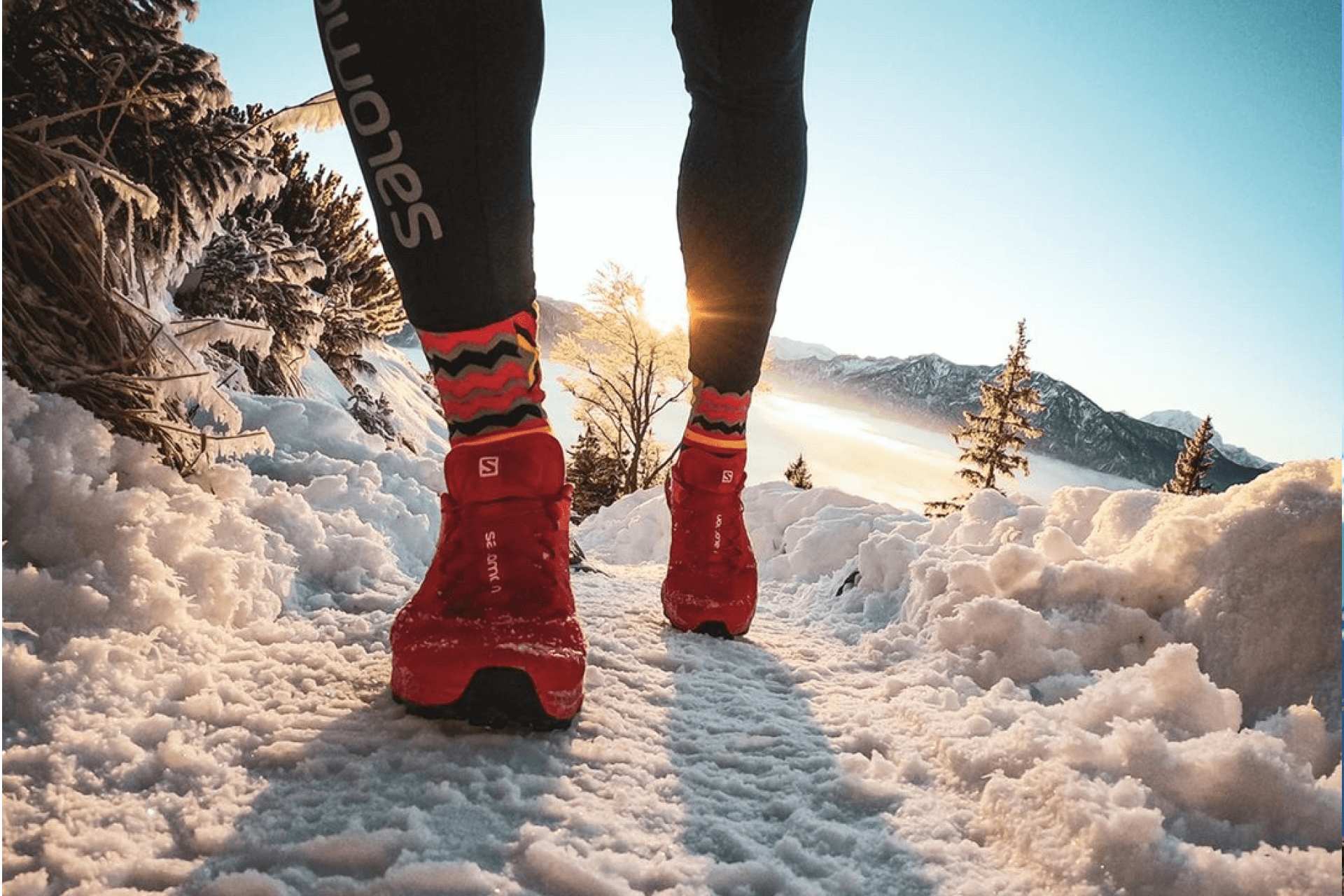
Cold Weather Running: How to Layer, Train, and Thrive in Cold Weather

Many runners retreat indoors, deterred by the chill of the colder months. Yet, embracing the colder season with a positive outlook, equipped with suitable gear and informed advice, can set you apart from those opting for an off-season break.
Running in colder temperatures presents its challenges, but it also offers unique advantages.
Remember, each run you complete in the colder months potentially counts double compared to those in the summer,
as you gain both the physical benefits and a competitive edge over others who may have skipped their training due to unfavorable weather conditions. Here w`e listed 9 professional strategies for cold-weather running.
Embrace Layering
Running in winter often requires a strategic approach to dressing, which typically involves layering. The ideal setup includes a thermal or compression base layer, a mid-layer made of lighter materials like standard long-sleeved running shirts and pants, and a thicker, adjustable outer layer such as a zip-up running jacket with a hood. The aim is to maintain flexibility, allowing for adjustments in response to fluctuating temperatures, which is essential for comfort and performance during winter runs.
Proper Warm-Up
Adopting a “let’s quickly finish this” attitude in the cold is likely to lead to a disappointing run. Instead, spend a few minutes focusing on your goals for the session, which helps shift your focus from the weather to your objectives. Begin with an easy warm-up indoors while fully dressed, followed by some outdoor exercises that increase your heart rate, ensuring your body acclimates to the cold before you start your run.

Smart Route Planning
Utilize weather apps and mapping tools to plan your run in advance. Aim for the best possible weather conditions and choose routes that offer protection from the elements. Trails can provide natural shelter if they're within accessible distance.
Prioritize Effort Over Pace
It might be tempting to speed up at the start of a cold run, but maintaining your usual pace is wiser, especially if you're aiming for distance. This approach helps prevent injuries and allows your body to adjust to the colder temperatures.
Flexible Training Schedule
While it's beneficial to have a consistent workout routine.
Being flexible is crucial during unpredictable seasons. Adjusting your workout timing by a few hours or even a day can make a significant difference
in managing challenging training sessions effectively.
Mix Indoor and Outdoor
To keep your running fitness up without overexposing yourself to the cold, mix indoor treadmill running with outdoor sessions. For variety, consider aqua running in a heated pool, which can be a valuable addition to your winter training regimen.
Suitable Gear and Footwear
Selecting the right footwear is as crucial as the proper layering for winter running. Look for shoes that offer waterproof features and grip to handle wet and slippery conditions effectively.
Post-Run Cool Down and Recovery
Avoid staying in wet clothes upon returning from your run. Take a shower immediately, followed by indoor recovery stretches. Instead of a cold post-run smoothie, opt for a warm, protein-rich drink like a mug of hot Ovomaltine.

Prioritize Safety
The misconception that running in cold weather leads to illness deters many. However, staying active during winter can actually help fend off sickness, provided you dress appropriately for the conditions.
By integrating these strategies into your winter running routine, you can overcome the challenges posed by colder temperatures and maintain, or even enhance, your running performance throughout the season.

